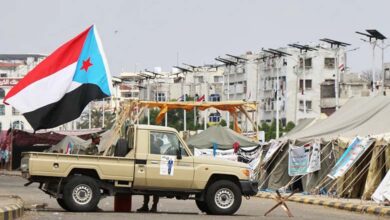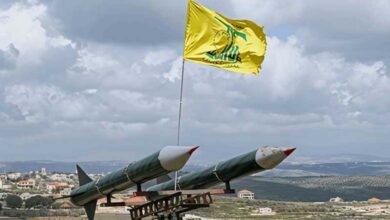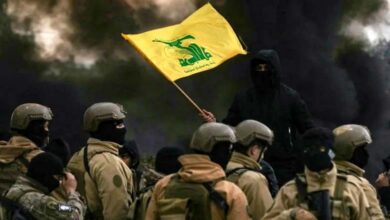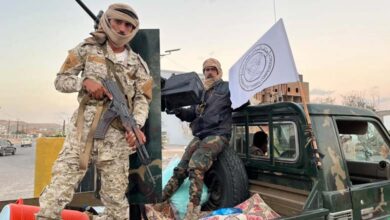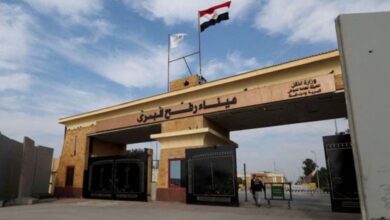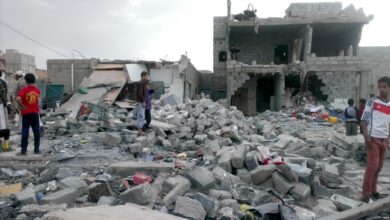Dangerous Escalation: Hezbollah Targets Israeli Fighter Jets for the First Time Since the War Began
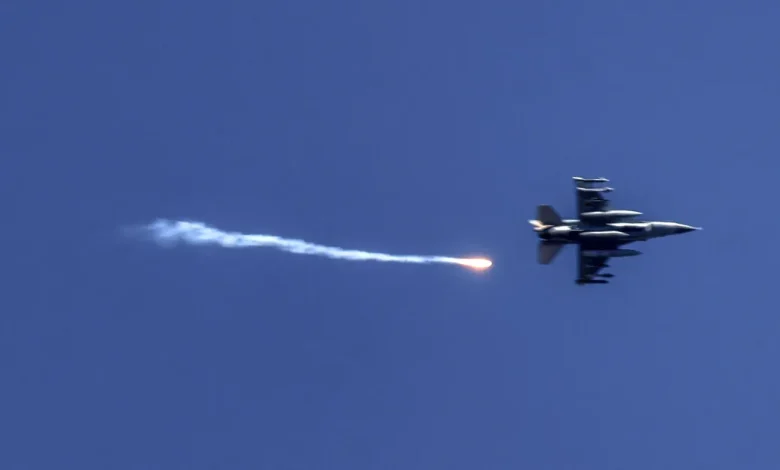
The Israeli conflict on the Hezbollah front, backed by Iran, has intensified, making it one of the most heated fronts recently. Hezbollah escalated its strikes using drones and missiles, which caused multiple fires in Israeli forests.
The tension on the Israel-Lebanon border has reached unprecedented levels. In the latest development, Israeli sources reported the death of at least two soldiers and the injury of twenty others in an attack involving missiles and suicide drones. Additionally, for the first time since the conflict began on October 8, Hezbollah targeted Israeli fighter jets.
Anti-Aircraft Missiles Against Israeli Fighters
The Israeli army confirmed that a Hezbollah cell launched anti-aircraft missiles at Israeli fighter jets over southern Lebanon amidst the escalating skirmishes along the border between Israel and the Iran-backed party.
According to the Israeli military, the planes were not seriously threatened by the attack. This marks the first use of anti-aircraft missiles in Lebanon against Israeli aircraft since the war began eight months ago.
The Israeli army stated, “Shortly after the missile launch, an Israeli drone struck the Hezbollah cell near the coastal city of Tyre.”
-
Forest Fires in Israel: What is Hezbollah’s Involvement and What are the Consequences?
-
Strange Relationship Connects Islamic Group in Lebanon with Hezbollah
Swift Israeli Response
Israel responded swiftly by striking buildings used by Hezbollah in Shebaa, Aitaroun, and Marakah in southern Lebanon, as well as additional infrastructure in Aitaroun and a rocket launcher in Tireh used in a recent attack on northern Israel.
Hours later, sirens sounded in the northern coastal city of Acre and the surrounding area, approximately 17 kilometers from the Lebanese border. Sirens also went off in Kiryat Bialik, a suburb of Haifa. The alarms were triggered due to concerns about debris from interceptor missiles fired at a “suspicious aerial target” that entered Israeli airspace from Lebanon.
-
Secretive: Is Iran Training Hezbollah in Qom, Iran and Why?
-
Israel and Hezbollah… 6 Months of “Measured Tension”
The nighttime attack followed repeated strikes on northern Israel throughout Sunday, causing alarms and fires in the Golan Heights amid renewed international calls for de-escalation between Israeli forces and Hezbollah.
Analysis and Insights
Lebanese political analyst Tony Habib commented that Hezbollah‘s rapid escalation was a response to events in Nuseirat. He noted that the current situation appears dangerous, with Hezbollah possessing significant human and military capabilities. Hezbollah has accumulated a substantial military arsenal since the 1980s, including between 2,000 and 2,500 drones of various types, most of which are from Iran.
-
Hezbollah Strikes Golan Brigade Headquarters with Large Rocket Barrage
-
“The Specter of War” with Hezbollah Terrifies Northern Israel Residents
Habib stated that Hezbollah managed to reach the highly significant “Meron” airbase of the Israeli army, targeting command and control headquarters, hitting critical targets, and downing drones like the Hermes 900, thereby significantly escalating the confrontation on this front.
Political researcher Mokhtar Ghubashi highlighted that Hezbollah‘s escalation aims to deny Israeli forces the element of surprise and exhaust their military efforts concentrated in the northern command area and its associated military divisions. He added that Hezbollah is leveraging the current war to strengthen its bargaining position in the political and diplomatic arena amid Israeli demands for Hezbollah forces to withdraw beyond the Litani River, a demand that the party and its popular base reject.


